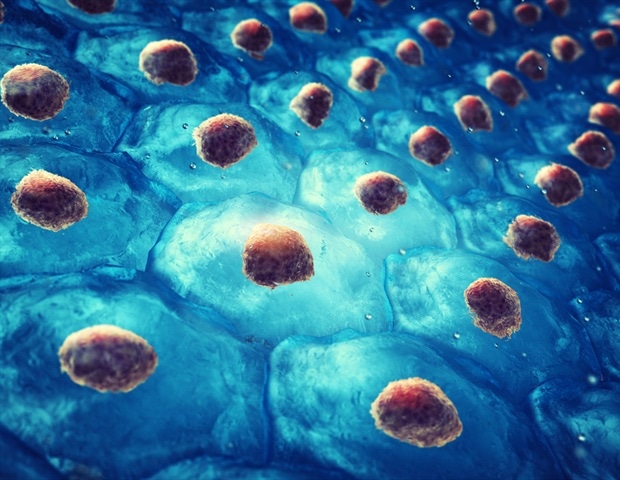Using computer-designed proteins, researchers have now shown they are able to direct human stem cells to form new blood vessels in the lab. This milestone in regenerative medicine offers new hope for repairing damaged hearts, kidneys, and other organs. Scientists at the University of Washington School of Medicine led the project.
Their findings were published June 10 in the journal Cell . Whether through heart attack, diabetes, and the natural process of aging, we all accumulate damage in our body's tissues. One way to repair some of this damage may be to drive the formation of new blood vessels in areas that need healthy blood supply restored.

Hannele Ruohola-Baker, Study Senior Author and Professor, Biochemistry, School of Medicine, University of Washington She is alos the Associate Director of the Institute for Stem Cell and Regenerative Medicine at UW Medicine. Growth factors play key roles in tissue development, wound healing, and cancer. By binding to receptors on the outside of cells, these molecules drive changes inside.
Researchers have for decades attempted to repurpose natural growth factors as regenerative medicines with some limited success, but many of these experimental treatments have failed due to imprecision. "We set out to create custom proteins that would engage with cellular growth factor receptors in extremely precise ways. When we made these molecules in the lab and treated human stem cells with them, we saw different kinds of vasculature develop depend.























